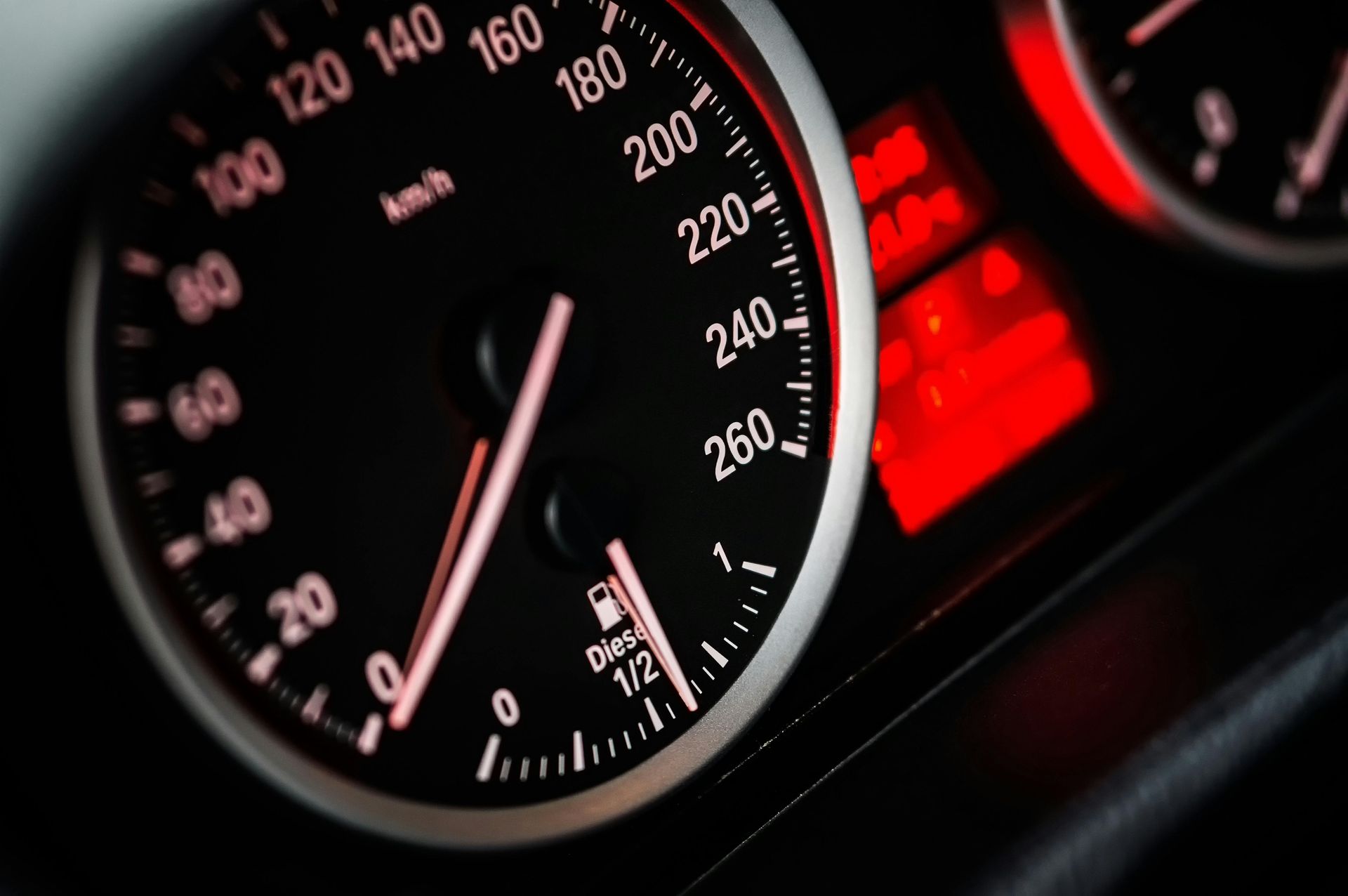Loading ...
Missing business hours data / Error occurred while getting the data.
★
★
★
★
★
Review
Loading ...
Missing business hours data / Error occurred while getting the data.
Book An Appointment
You do not have My Garage enabled.
Section under maintenance.
Loading ...
Missing business hours data / Error occurred while getting the data.
Loading ...
Missing nap lines data / Error occured while getting the data.

